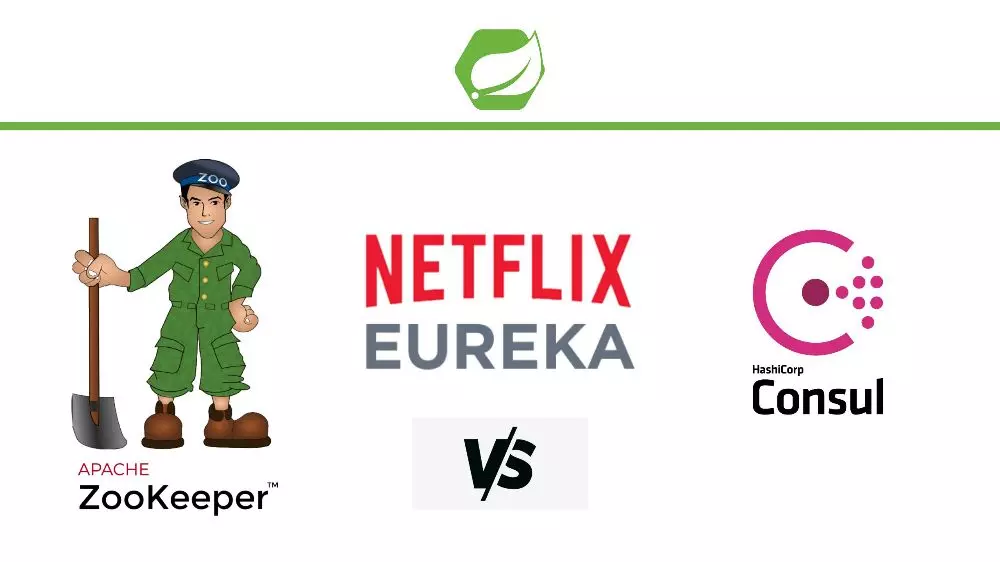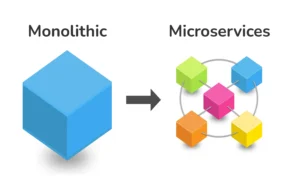In the era of microservices, where applications are composed of multiple small, independently deployable services, efficient service discovery is crucial. As services come and go, being able to locate and communicate with them dynamically is vital for the health and reliability of your microservices architecture. In this article, we’ll explore the concept of service discovery in microservices and three popular tools for achieving it: Eureka, Consul, and ZooKeeper.
Understanding Service Discovery
Service discovery is the process by which various services in a distributed system locate and communicate with each other. In a microservices architecture, where services can be added, removed, or scaled independently, a dynamic and efficient service discovery mechanism is essential.
Service discovery typically involves the following components:
- Service Registry: This is a database or directory that keeps track of the registered services, their locations (IP addresses and ports), and metadata. Services register themselves with the registry when they start and deregister when they shut down.
- Service Discovery Client: Each service in the system has a client that communicates with the service registry to discover the locations of other services it needs to interact with.
- Load Balancing: Service discovery often includes load balancing to distribute incoming requests among multiple instances of a service.
Eureka: Netflix’s Service Registry
Eureka is a popular open-source service registry developed by Netflix. It’s specifically designed for use with cloud services and is a part of the Netflix OSS suite. Eureka is divided into two components:
- Eureka Server: This is the registry component that each microservice registers with. It keeps a record of all running instances of each service, making it easy to locate them.
- Eureka Client: Each microservice includes a Eureka client that communicates with the Eureka server to register itself and discover the locations of other services.
Eureka is known for its simplicity and is widely used in cloud-based microservices architectures.
Consul: Service Discovery and Configuration
Consul is an open-source tool by HashiCorp that provides not only service discovery but also key-value configuration management. Key features of Consul include:
- Service Catalog: Consul’s service catalog allows services to be registered and discovered.
- Health Checks: It can perform health checks on services and remove unhealthy instances from the registry.
- Key-Value Store: Consul’s key-value store is valuable for dynamic configuration management.
Consul is well-suited for environments where service discovery and configuration management are tightly integrated.
ZooKeeper: Distributed Coordination Service
Apache ZooKeeper is a battle-tested distributed coordination service that can be used for service discovery, though it has a broader range of use cases. Some of its features relevant to service discovery are:
- ZooKeeper Nodes: Services can create ephemeral nodes in ZooKeeper. When a service goes down, its node disappears, allowing for dynamic service discovery.
- Watch Mechanism: ZooKeeper provides a watch mechanism that allows clients to react to changes in the service registry.
- Strong Consistency: ZooKeeper ensures strong consistency, making it reliable for critical use cases.
Choosing the Right Service Discovery Tool
The choice between Eureka, Consul, and ZooKeeper depends on various factors:
- Simplicity vs. Complexity: Eureka is known for its simplicity, while Consul and ZooKeeper offer more complex features like configuration management.
- Compatibility: Consider whether the tool integrates well with your existing infrastructure and technologies.
- Community and Support: Evaluate the size of the user community and the availability of documentation and support.
- Scalability: Ensure that the chosen tool can handle the scale of your microservices architecture.
Conclusion
Service discovery is a fundamental aspect of microservices architecture, allowing services to dynamically find and communicate with each other. Eureka, Consul, and ZooKeeper are powerful tools for implementing service discovery, each with its unique features and strengths. When selecting a service discovery tool, consider your specific requirements, existing technology stack, and the complexity of your microservices ecosystem. The right choice can greatly enhance the efficiency and reliability of your microservices architecture.





